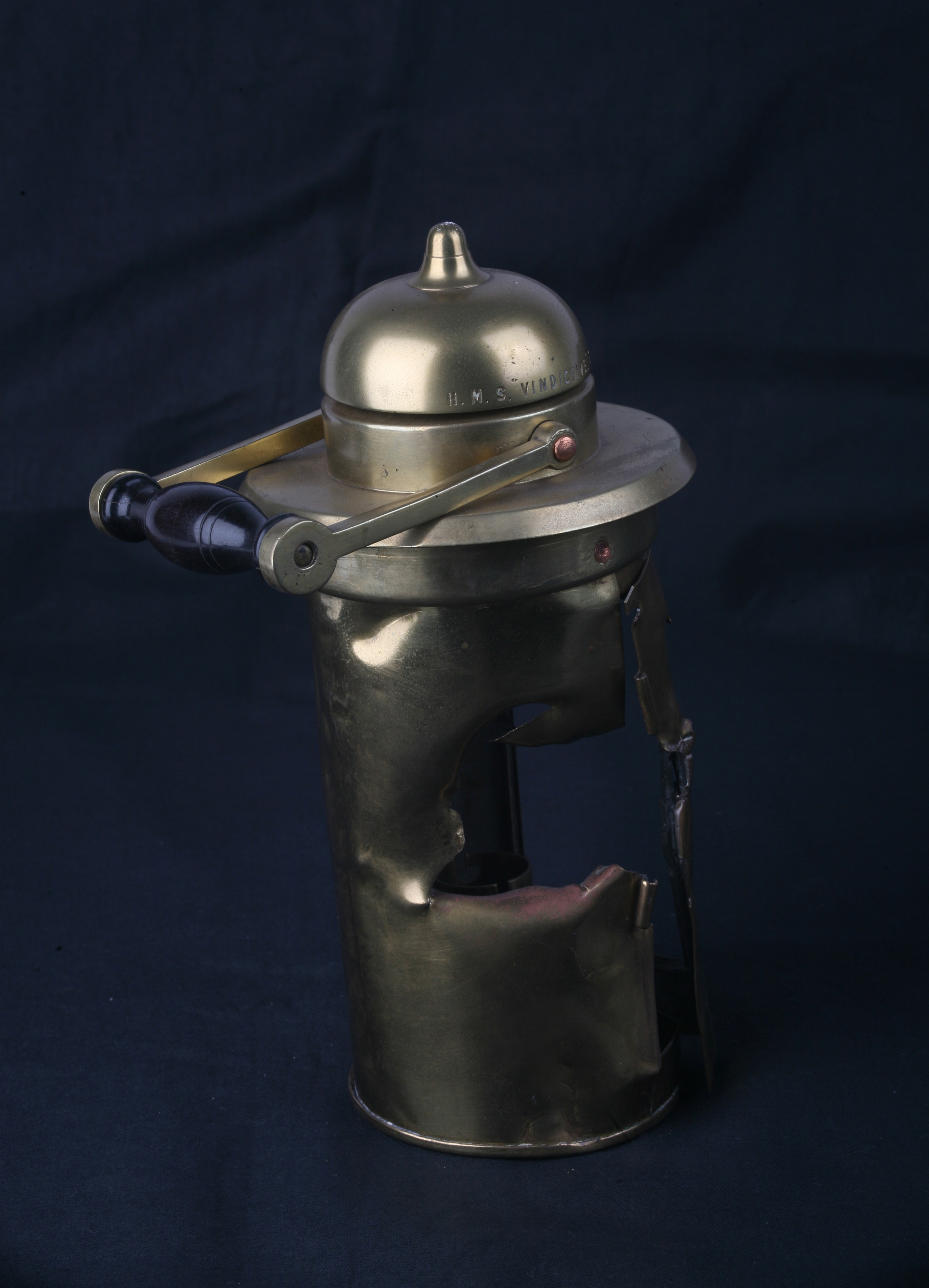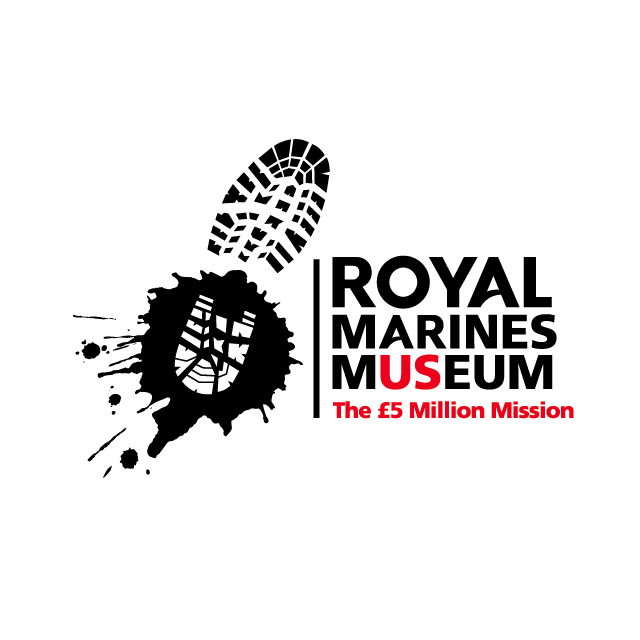Story
Help the new Royal Marines Museum share the stories of its historic collections by joining with other supporters to Adopt an Object.
From 2019 to the opening of the new museum, we will offer the opportunity to put your name to some of the most interesting, informative and educational items in our collection.

This brass lamp, was taken from the bridge HMS Vindictive following the Raid on Zeebrugge April 1918. This lamp was presented Corporal G Moyse, Royal Marine in 1958 in respect of his work on Hon Sec of the Zeebrugge Association by Vice Admiral Carpenter, who was Captain of Vindictive during the raid.
HMS Vindictive was a British Arrogant-class cruiser built at Chatham Dockyard. She was launched on 9 December 1897 and completed in 1899. The vessel participated in the Zeebrugge Raid. Vindictive served with the Mediterranean Squadron from 1900, Captain Herbert Augustus Warren in command. Attached to the cruised division, she visited Larnaka in June 1902, and Argostoli in early October that year.
The Zeebrugge Raid on 23 April 1918, was an attempt by the Royal Navy to block the Belgian port of Bruges-Zeebrugge.
The British intended to sink obsolete ships in the canal entrance, to prevent German vessels from leaving port. The port was used by the Imperial German Navy as a base for U-boats and light shipping, which were a threat to Allied control of the English Channel and southern North Sea. Several attempts to close the Flanders ports by bombardment failed and Operation Hush, a 1917 plan to advance up the coast, proved abortive. As sinkings by U-boats increased, finding a way to close the ports became urgent and the Admiralty became more willing to consider a raid.
An attempt to raid Zeebrugge was made on 2 April 1918 but was cancelled at the last moment, after the wind direction changed and made it impossible to lay a smokescreen to cover the ships. Another attempt was made on 23 April, with a concurrent attack on Ostend. Two of three blockships were scuttled in the narrowest part of the Bruges Canal and one of two submarines rammed the viaduct linking the shore and the mole, to trap the German garrison. The blockships were sunk in the wrong place and after a few days the Germans had opened the canal to submarines at high tide. The British suffered 583 casualties and the Germans 24.

The museum's collections are the living memorial to those who have served, charting battles and operations and the stories which bring them to life. The new museum will enable us to tell those stories more effectively and create a deeper understanding of the vital contribution of the Royal Marines to our society.
The collections depict the history of the Corps from 1664 to the present day through a unique collection of artefacts, pictures and documents. One of the most significant parts of the collection is the medal collection consisting of over 8,000 items including gallantry, campaign and foreign awards including an outstanding collection of Victoria Crosses.
There is no minimum donation but you can become a Senior Adopter of an object for £500. Senior Adopters will be invited to a special event ahead of the opening of the new museum. Recognition will be made of all donations over £120 within the new museum when it opens.
The new Royal Marines Museum, at the very heart of Portsmouth Historic Dockyard, will place the 354-year history of the Royal Marines firmly within the story of the Royal Navy. For the first time the story of the Royal Marines a national story, but also a story with impact across the globe will be told in a building appropriate to its scale.
After clicking 'Donate', please enter the amount before continuing. Once you have made payment there will be an option to tick a box I'm happy to be contacted by NMRN to hear more about the impact of my donation, its appeals, events and other ways to donate, by email and post. If you do not click to accept further contact or send us your contact details we will be unable to send you your adopter acknowledgement. Please be assured that we will not send you further marketing materials unrelated to your adoption and you can opt out at any time.
If you have not heard from us within 2 weeks of adopting an object please e-mail fundraising@nmrn.org.uk.
All anonymous adopters must contact fundraising@nmrn.org.uk to receive their adoption pack as your contact details are not forwarded to us.
Donating through JustGiving is simple, fast and totally secure. Your details are safe with JustGiving - they'll never sell them on or send unwanted emails. Once you donate, they'll send your money directly to the charity. So it's the most efficient way to donate - saving time and cutting costs for the charity.
 Campaign by
Campaign by 